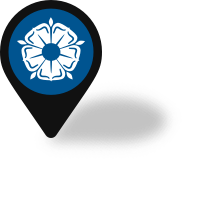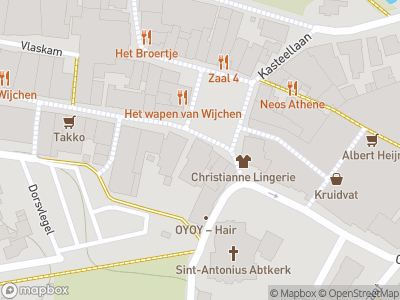This site in Wijchen is one of the biggest Merovingian burial sites in the Netherlands. Where there is a burial site, one would expect to find a settlement. However, none has been found.
Roman forerunner
Perhaps we should look for the settlement in the area of the present-day Tienakker, a stone’s throw away from the burial site. A villa stood there in Roman times. At the end of the 4th century, the abandoned villa site was taken over by immigrants from the north. These were Germanic warriors in the service of the Roman rulers. These newcomers came to light during excavations carried out by the Nijmegen Bureau of Archaeology in 1999 and 2000. The Germans established themselves early in the Tienakker area, even somewhat earlier than the date of the oldest graves from the burial ground on the Markt.
Franks
The findings suggest a Germanic people whom we call ‘Franks’. Typical among their possessions are belt buckles, clothing pins, coins and hutkoms. A hutkom was a kind of workplace that was half sunk into the ground. The roof rested on four posts that protruded slightly from ground level. Such little huts were used as storage places or workplaces for weaving clothes, casting iron and baking pots.
Elite
A special find indicates the presence of mainly Frankish soldiers. Raw materials were found that could have been used to mint coins, such as bronze bars, coins and discs. As in the present day, the minting of coins was the exclusive preserve of the authorities. The Frankish warrior in Wijchen was therefore more than a fighter, and Wijchen was probably the centre of power for the whole region.
Gennep
Further upstream on the Maas in Gennep, a Frankish military settlement was found around 1990. The archaeological excavations in Wijchen and Gennep complement each other perfectly. No burial ground has been found in Gennep, and no settlement has been found in Wijchen. Together, however, they provide a good impression of the Early Middle Ages in these parts.














